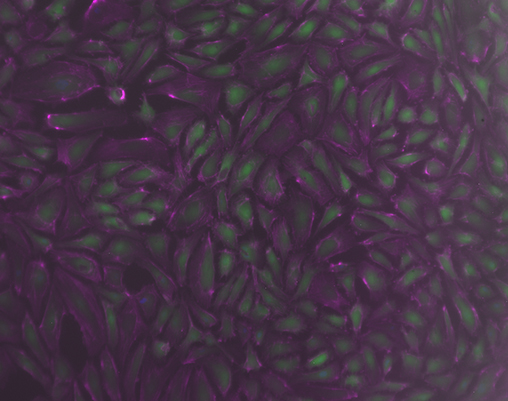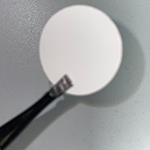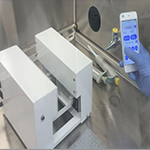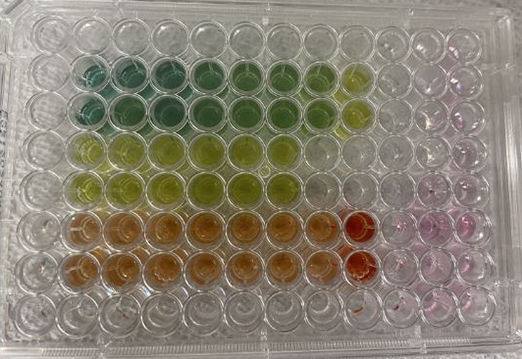- Products & Services
OrganRXTM Tissue builds quality, transplantable tissue for organ repair needs. Using the advanced biomimetic OrganRXTM technologies allows for the construction of functional organ tissue for therapeutic discoveries.
The multi-organ recirculation system (OrganRXTM) provides passive gravity-driven unidirectional shear flow to multi-organ culture. The OrganRXTM plate can accommodate multiple micro-organs such as liver, gut, kidney and brain.The organ plate is an injection molded glass bottom disposable plate. The users can populate the plate with primary cells, cell lines or IPS cells and mature organs by media recirculation. Currently the plate has six multi-organ units.We provide testing of compounds in 2-D and 3-D blood-brain-barrier tissue models. OrganRXTM enables determination of transport characteristics of novel compounds to/from the brain and other organs. - Applications
Applications
OrganRXTM helps to recapitulate human organs with physiological, mechanical and biochemical complexities and their interaction through the exchange of metabolites or signaling molecules and selective transport across the barriers.
Organ Functions
MenuOrgan Models
Menu - ResourcesMenu
- About
- SupportMenu
- Contact Us
Importance of Fluidic Shear Stress using OrganRXTM System
Within the human body, fluids, cells, and particles are in constant motion, flowing from one area to another. In such an environment, everything is dynamic and ever-changing. Replicating the motion of biological fluid in an OrganRXTM system is essential to understand how drugs will function when applied in real life. That specific quality is typically lost within a 2D cell culture because of the static and structural limitations. In a 3D cell culture, the environment can resemble the invivo more closely to a real-life physiological environment for applications such as drug discovery applications.Flow conditions have been shown in previous studies to improve the longevity and functionality of certain cells. For example, with flow conditions, the gene expression in HepaRG cells was more stable than when in static conditions of growth. Cells that were cultured under flow conditions were determined to have a baseline CYP activity similar or higher than the activity in primary hepatocytes. This baseline CYP activity was significantly lower in cells cultured under static and standard conditions.
Therefore in toxicology research, particularly in vitro toxicity studies, OrganRXTM could provide a better environment compared to cells cultured under standard, static conditions.
Dynamic flow is implemented in OrganRXTM technology using gravity from continuously changing hydraulic heads. OrganRXTM provides unidirectional fluidic recirculation to the organs and is tubeless and pumpless.
References
A Microfluidic Chip with Gravity-Induced Unidirectional Flow for Perfusion Cell Culture (DOI 10.1002/btpr.2701)
Comparison of gene expression and biotransformation activity of HepaRG cells under static and dynamic culture conditions





